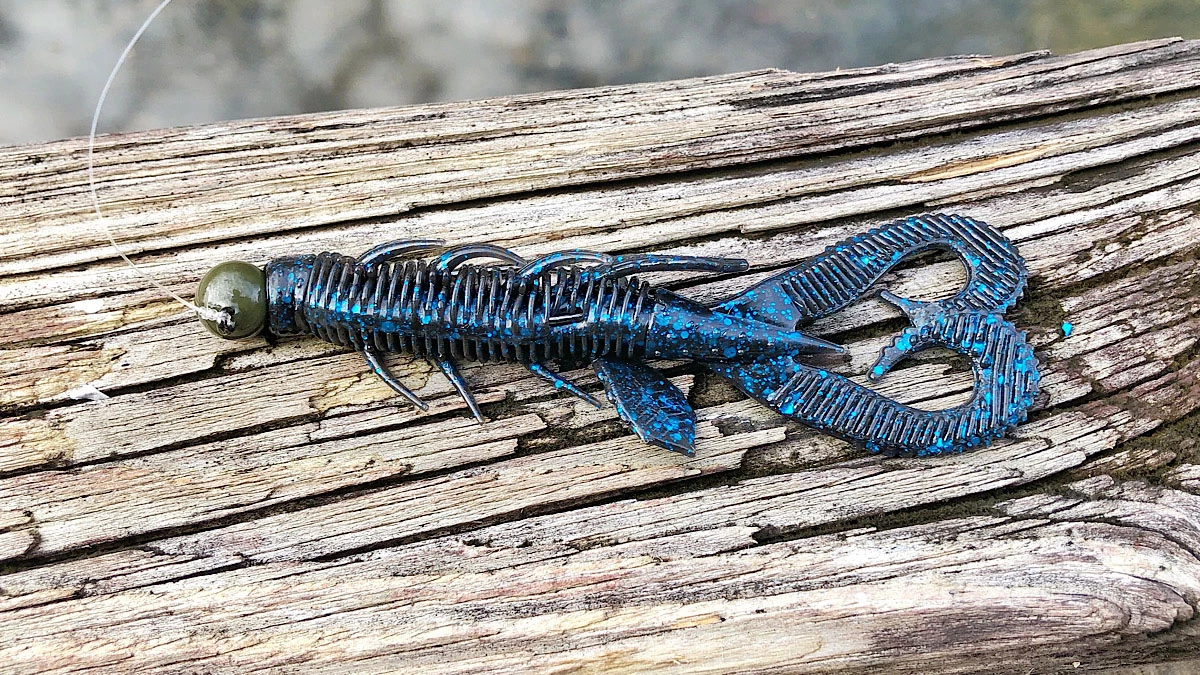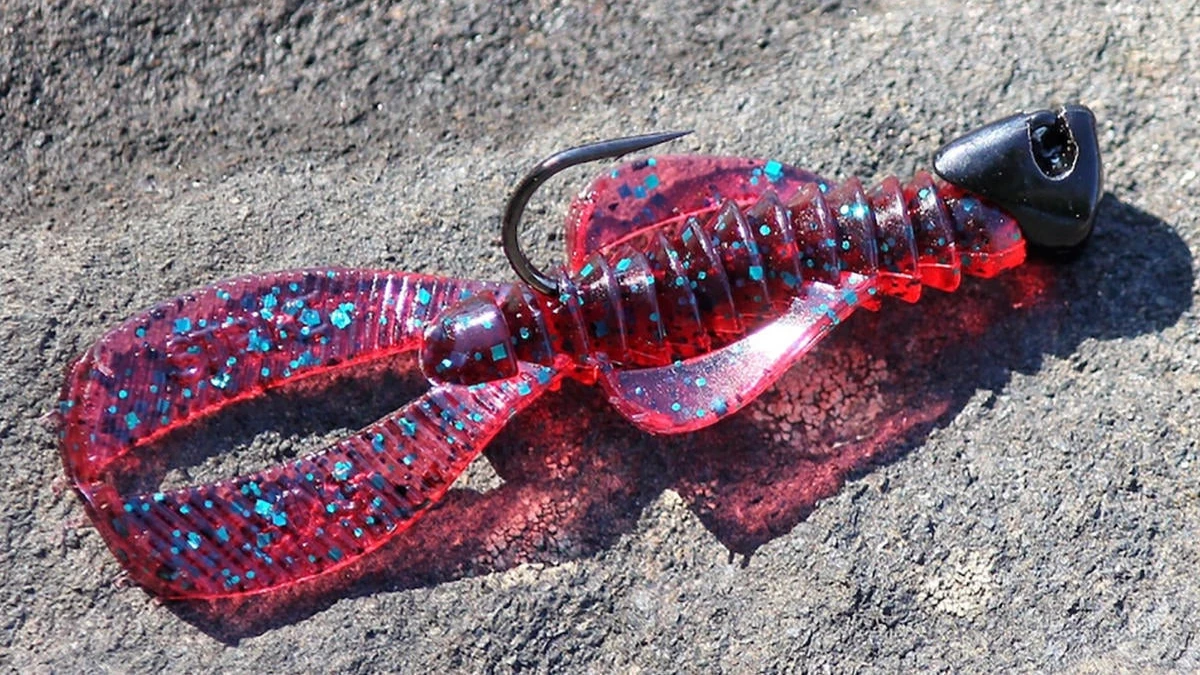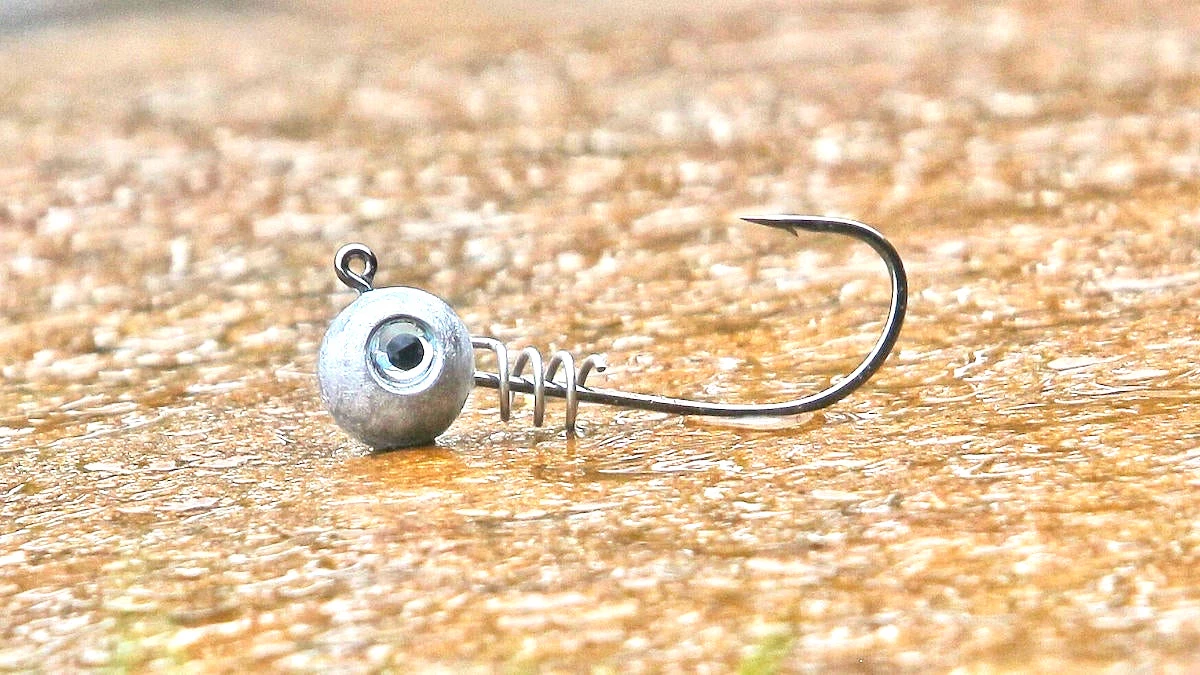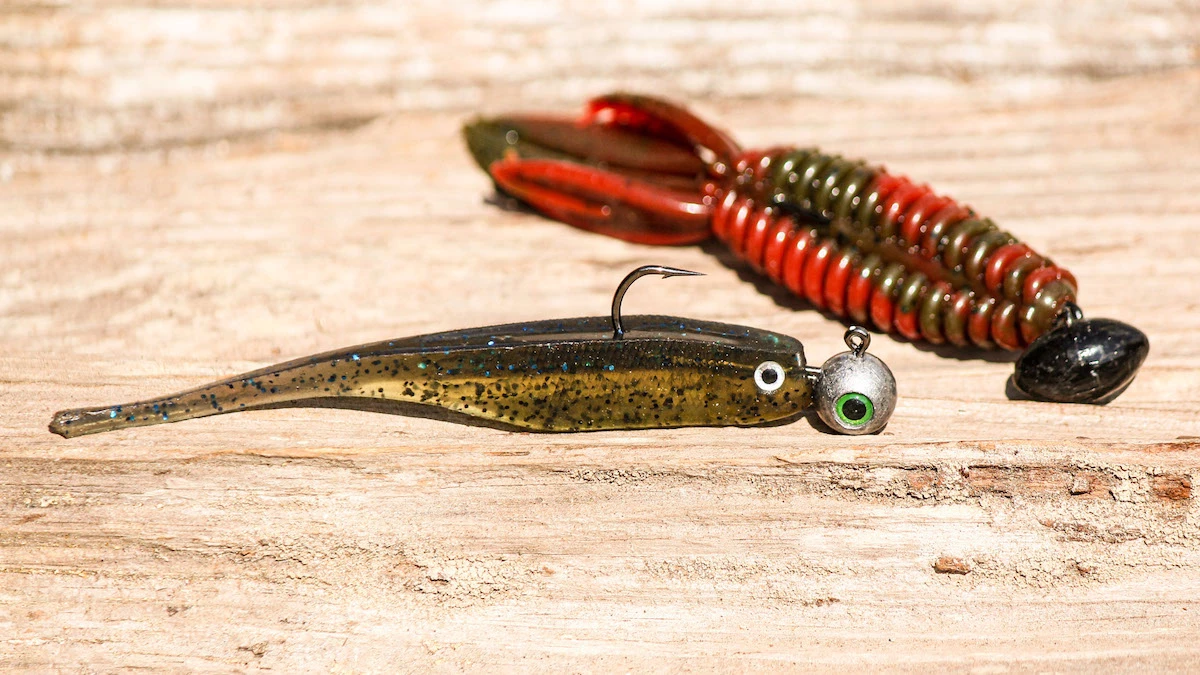Warning: Undefined variable $k in /home/nginx/domains/wired2fishcom.bigscoots-staging.com/public/wp-content/themes/understrap-child-0.6.0/functions.php on line 984
Warning: Undefined variable $k in /home/nginx/domains/wired2fishcom.bigscoots-staging.com/public/wp-content/themes/understrap-child-0.6.0/functions.php on line 987
There was a time, not too long ago, when we basically had one jighead. You could pickup a half-dozen of them from a local shop for a buck or two. They were fairly crude little round lead heads that some good ol’ boy hand-poured in his garage. Fast-forward 20 years and there’s a jighead for everything now, in multiple sizes, a variety of colors and made from various materials.
There are special jigheads for worms, tubes, swimbaits, Ned rigs and the list goes own. Jigheads with barbed bait keepers and some with screw locks. If you want a jighead with a particular angle between the eye and the hook, you’ve got an option for about every 5 degrees. All while the old faithful round jighead still serves as the most versatile.
It can be a little overwhelming at times and make it difficult to determine which head works best with each bait and technique. In an effort to help simplify things a bit, let’s look at three common jigheads, how they differ and then do a quick crash course on a handful of others.

Shaky head
Though there were certainly other jigheads out there before the shaky head came along (Slider heads and tube heads to name a couple), the shaky head is likely the oldest, most popular jighead. When the shaky head first hit the scene, that’s really when the use of jigheads exploded and the evolutionary process accelerated to make one for every imaginable technique.
Though there are certainly some shaky heads out there with football heads and a handful of other shapes to them, these jigheads are typically round.
Their primary use is for fishing worms along the bottom, through cover and in open water. They vary in size from smaller than 1/8-ounce up to more than an ounce and have compatible hooks based on their weights that are capable of carrying little 4-inch worms as well as foot-long ones.
A shaky head is also the most versatile of jigheads, able to carry other soft plastics like swimbaits and tubes if you have limited tackle available.

Ned head
A Ned head is one of the most recent and technique specific jigheads of the whole bunch. It’s meant to be used with a small soft-plastic lure to create what I’m sure the majority of you have heard about until your ears have bled by now, the Ned rig. The two most distinguishing characteristics of this little nugget of terminal tackle are the hook size and the shape of the head.
A Ned head has a fairly small hook and the head is has a relatively flat surface to it, in order to help this rig stand upright on the bottom. To also aid in this, you’ll see that with most Ned heads the line tie eye is at a 90-degree angle to the hook shaft. And because of the small hook size, you’ll typically want to fish this jighead on light line and a spinning rod.
There is one alternative use I’ve found for a Ned head—this style of jighead does make for a pretty sweet finesse swimbait head when fishing with particularly small swimbaits.

Swimbait head
Though we’ve already discussed how both Ned heads and shaky heads could be used to fish swimbaits, there are a few things that make a swimbait head ideal for this technique. Typically, because there’s a good chance of a bass pulling on the tail end of a swimbait, these jigheads have a little better bait keeper than some of the others. Some come with bigger barbs or two barbs facing in opposite directions. And then some have what is likely the most effective bait keeper; a screw lock.
But there are also a couple other things that make these jigheads unique. The angle of the eye is typically a little wider than you’d see with shakyheads and Ned rigs, when measuring it from the hook shaft. Where a shaky head and Ned rig often have a 90-degree angle, you’ll see something closer to 130 degrees with a lot of these heads. This is to allow for a horizontal swimming action as the bait is reeled through the water column, several feet below the water’s surface.
The head itself is also typically a little narrower, to help the bait cut through the water and stay down, whether the manufacturer uses a pill shape or more of a triangular shaped head. Swimbait heads are also often the most detailed jigheads, with reflective eyes and scale patterned paint jobs.

The best of the rest
In addition to these three mainstays, there’s a wide array of other jigheads out there. Wobble heads for instance, have a hinge point between the head and the hook. This creates space for a lot more action and makes these jigheads particularly effective for fishing in current, since the head can sit in place while the moving water washes the soft plastic around. Then there’s the very popular Scrounger heads, which have sort of a rubbery, plastic bill that causes a side to side rocking action of the baitfish imitating soft plastic these jigheads are rigged with.
There are a lot of similarities between a Damiki head and a lot of swimbait heads and Ned heads. A Damiki head is often pill shaped like some swimbait heads, but has a 90-degree line tie and is smaller like a Ned head. These jigheads are meant to be rigged with small, straight-tailed soft plastics and fished directly under the boat in high-pressure, cold-water scenarios.
A Flick Shake head (most commonly associated with the Jackall Flick Shake Worm for which it was created) is basically a weighted wacky rig. There’s a small ball head molded to a wacky hook that’s either exposed or protected by a weed guard. This jighead offers up an alternative to a Neko rig when wanting to fish a wacky rig a little quicker or deeper than you’d be able to if it were weightless.
And lastly, the tube head. These jigheads are primarily associated with fish for smallmouth bass, which eat a lot of goby. Taking one of these jigheads and shoving it up into the open end of a tube, you can pop the hook eye out and then tie the jighead on, with all but the eye completely covered by the tube. This creates a fantastic goby imitation, as the elongated jighead pushes out on the soft plastic to create a tapering look as you make your way from the nose of the tube to the skirting.
This is a brief overview of a lot of the different options you’ll see in your local tackle store and online, and hopefully this will help you in deciphering exactly which jighead is right for your particular needs. Remember that every jighead is created with a specific purpose in mind, and something as small as the angle of the eye can make a major difference in how effectively you can present your bait.












